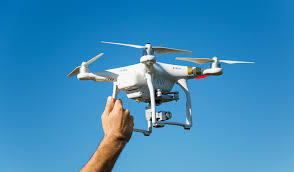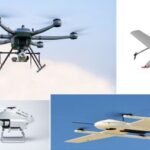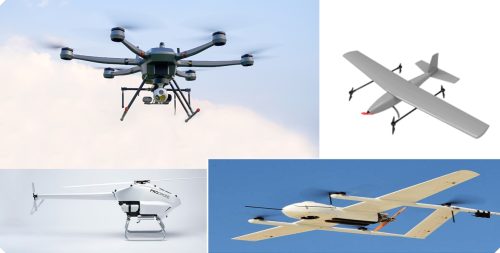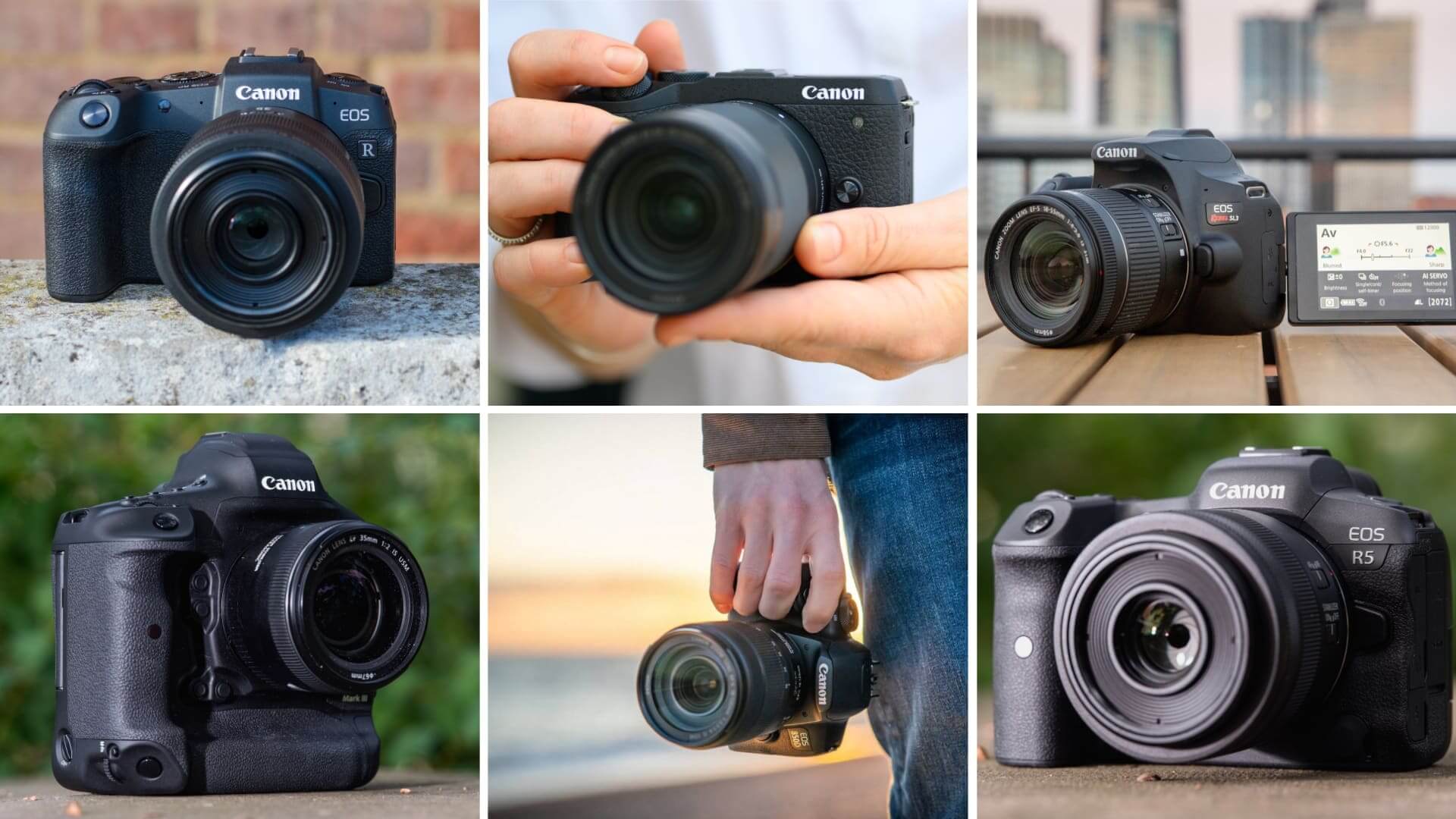Introduction: The Sky’s No Longer the Limit
Drones, once relegated to the realm of military operations and science fiction, have soared into our daily lives with astonishing speed. From breathtaking aerial photography to revolutionizing package delivery and agricultural surveys, these Unmanned Aerial Vehicles (UAVs) are no longer just a hobbyist’s toy but a powerful technological tool. But have you ever paused mid-flight, or while watching a stunning drone video, to wonder, “Exactly drone how it works?” This article will delve deep into the fascinating technology that allows these marvels of engineering to take to the skies, explore their components, understand their capabilities, and examine the impact they’re having across various sectors. Get ready to explore the intricate dance of hardware, software, and aerodynamics that makes drone flight possible.
What Exactly is a Drone? Defining the Unmanned Marvel
At its core, a drone is an aircraft without a human pilot, crew, or passengers on board. More formally known as Unmanned Aerial Vehicles (UAVs) or part of a broader Unmanned Aircraft System (UAS) – which includes the drone itself, the ground-based controller, and the system of communications connecting them – drones can be remotely controlled by a human operator or fly autonomously through pre-programmed flight plans or more complex artificial intelligence systems.
While “drone” can technically refer to any unmanned vehicle (including those on land or water), in popular parlance, it predominantly refers to aerial devices. They come in a vast array of shapes and sizes, from tiny nano-drones that fit in the palm of your hand to large, fixed-wing aircraft with wingspans comparable to small passenger jets. For most consumer and commercial applications, the multi-rotor drone, particularly the quadcopter (four rotors), is the most prevalent design.

Why Have Drones Become So Pervasive? The Driving Forces
The explosion in drone popularity and application isn’t accidental. Several converging factors have contributed to their widespread adoption:
-
Technological Advancements: Miniaturization of powerful sensors, processors, GPS modules, and batteries has made drones smaller, lighter, more capable, and more energy-efficient.
-
Cost Reduction: The components that make up a drone have become significantly cheaper, making them accessible to hobbyists, small businesses, and larger corporations alike.
-
Ease of Use: Modern drones are incredibly user-friendly, with intuitive controls, automated flight modes, and robust safety features, lowering the barrier to entry for new pilots.
-
Versatility: The ability to equip drones with various payloads (cameras, thermal sensors, LiDAR, delivery mechanisms) has opened up a vast range of applications across countless industries.
-
Regulatory Frameworks: While still evolving, the establishment of initial regulatory guidelines in many countries has provided a pathway for legal commercial drone operations.
-
Demand for Data: Drones are excellent data-gathering tools, providing unique aerial perspectives and information quickly and cost-effectively compared to traditional methods like manned aircraft or satellite imagery.
Drone How It Works: A Deep Dive into the Core Technology
Understanding drone how it works involves breaking down its key components and the principles governing its flight. Let’s dissect the anatomy and operation of a typical multi-rotor drone, like a quadcopter:
-
The Frame:
-
The skeleton of the drone, providing structural support for all other components. It’s typically made from lightweight yet durable materials like carbon fiber, plastic, or aluminum alloys. The design aims to be aerodynamic and minimize weight.
-
-
Motors & Propellers:
-
Motors: Most modern drones use brushless DC motors. These are efficient, powerful, and offer excellent control over speed. A quadcopter has four motors.
-
Propellers: Attached to the motors, propellers are essentially spinning airfoils. As they rotate, they push air downwards, and according to Newton’s Third Law (for every action, there is an equal and opposite reaction), this generates an upward force called lift. The shape, pitch, and rotation speed of the propellers determine the amount of lift. In a quadcopter, two propellers spin clockwise (CW) and two spin counter-clockwise (CCW) to counteract torque and keep the drone stable.
-
-
Flight Controller (FC): The Brain of the Drone
-
This is a small, onboard computer that acts as the central nervous system. It processes data from various sensors and commands from the pilot (or autonomous flight plan) to control the drone’s movement.
-
Inertial Measurement Unit (IMU): This crucial sensor package typically includes:
-
Accelerometer: Measures linear acceleration, helping the FC understand the drone’s motion and orientation relative to gravity.
-
Gyroscope: Measures angular velocity (rate of rotation), essential for maintaining stability and balance.
-
-
GPS (Global Positioning System) Module: Receives signals from satellites to determine the drone’s precise geographic location. This enables features like position hold, return-to-home, and waypoint navigation.
-
Barometer (Altimeter): Measures atmospheric pressure to determine the drone’s altitude. This is vital for altitude hold and stable flight.
-
Magnetometer (Compass): Measures the Earth’s magnetic field to determine the drone’s orientation (heading).
-
-
Electronic Speed Controllers (ESCs):
-
Each motor is connected to an ESC. The flight controller sends signals to the ESCs, which then precisely regulate the power (and thus speed) delivered to each motor. This fine-tuned control is what allows the drone to hover, ascend, descend, and maneuver.
-
-
Battery:
-
Drones are typically powered by Lithium Polymer (LiPo) batteries due to their high energy density and light weight. The battery’s voltage, capacity (mAh), and discharge rate (C-rating) are critical factors determining flight time and performance.
-
-
Radio Transmitter & Receiver:
-
Transmitter (Controller): The handheld device used by the pilot to send commands to the drone. It typically has joysticks for controlling pitch, roll, yaw, and throttle, along with buttons/switches for other functions.
-
Receiver: An onboard component that receives signals from the transmitter and relays them to the flight controller. Communication usually occurs over specific radio frequencies (e.g., 2.4 GHz or 5.8 GHz).
-
-
Sensors for Navigation & Safety (Beyond the Basics):
-
Cameras: For capturing photos/videos, or for FPV (First-Person View) flying. Advanced drones use gimbals to stabilize the camera for smooth footage.
-
Obstacle Avoidance Sensors: Many modern drones are equipped with sensors (ultrasonic, infrared, stereo vision cameras) to detect and avoid obstacles in their flight path.
-
-
Software and Firmware:
-
The flight controller runs sophisticated firmware and algorithms that interpret sensor data and execute flight commands. This software is responsible for stabilization, navigation, automated flight modes (e.g., “follow me,” “orbit”), and safety features.
-
How a Quadcopter Maneuvers:
-
Hovering: All four motors spin at a speed that generates enough lift to counteract gravity, keeping the drone suspended in place.
-
Ascending/Descending: To go up, the FC increases the speed of all four motors equally. To go down, it decreases their speed.
-
Yaw (Rotating): To rotate left or right, the FC increases the speed of the two motors spinning in one direction (e.g., CW) and decreases the speed of the two motors spinning in the opposite direction (CCW), or vice-versa. This creates a torque imbalance, causing the drone to rotate around its vertical axis.
-
Pitch (Forward/Backward): To move forward, the FC increases the speed of the rear motors and decreases the speed of the front motors. This tilts the drone forward, directing some of the lift horizontally. The opposite action makes it move backward.
-
Roll (Sideways): To move left, the FC increases the speed of the motors on the right side and decreases the speed of the motors on the left. This tilts the drone left, causing it to slide sideways. The opposite moves it right.
The flight controller makes thousands of micro-adjustments per second to maintain stability and execute these maneuvers smoothly.
Key Features of Modern Drones
Today’s drones come packed with impressive features:
-
High-Resolution Cameras & Gimbals: Capable of capturing stunning 4K (or higher) video and high-megapixel still photos. Multi-axis gimbals ensure footage remains smooth and stable, even during aggressive maneuvers.
-
GPS and Advanced Navigation: Precise positioning, waypoint navigation, automated flight paths, and reliable return-to-home (RTH) functions.
-
Obstacle Avoidance Systems: Using a suite of sensors to detect and autonomously avoid collisions.
-
Extended Flight Times and Range: Improved battery technology and more efficient motors allow for longer flights (often 20-30+ minutes) and control ranges extending several kilometers.
-
Intelligent Flight Modes: Pre-programmed maneuvers like “Follow Me,” “Orbit Point of Interest,” “Dronie,” and cinematic flight paths make capturing complex shots easier.
-
First-Person View (FPV): Transmitting a live video feed from the drone’s camera to the pilot’s controller screen or FPV goggles, offering an immersive flying experience.
-
Payload Capacity: The ability to carry various payloads, from simple cameras to specialized sensors like thermal imagers, LiDAR scanners, or even small packages for delivery.
Pros & Cons of Drone Technology
Like any transformative technology, drones come with a host of benefits and some challenges:
Pros:
-
Cost-Effectiveness: Significantly cheaper than manned aircraft for tasks like aerial surveys, inspections, and photography.
-
Accessibility & Speed: Rapid deployment and ability to access hard-to-reach or dangerous areas.
-
Improved Safety: Reduces risk to human life by performing hazardous tasks (e.g., inspecting damaged structures, search and rescue in dangerous terrain).
-
High-Quality Data Collection: Captures detailed imagery and sensor data for various analytical purposes.
-
Efficiency: Can cover large areas quickly for mapping, agriculture, and surveillance.
-
Innovation Driver: Spurring new businesses, services, and job roles.
-
Recreational Enjoyment: Provides a fun and engaging hobby for many.
Cons:
-
Privacy Concerns: Potential for unauthorized surveillance and data collection.
-
Security Risks: Can be misused for malicious purposes, including espionage, smuggling, or even as weapons.
-
Airspace Safety: Risk of collision with manned aircraft if not operated responsibly and within regulations.
-
Regulatory Hurdles: Evolving and sometimes complex regulations can be challenging for operators to navigate.
-
Noise Pollution: The sound of drone propellers can be disruptive in quiet environments.
-
Limited Flight Time & Payload: Battery life and carrying capacity are still constraints for some applications.
-
Skill Requirement: While easier to fly than ever, mastering advanced operations and understanding regulations requires learning and practice.
-
Potential for Accidents: Malfunctions or pilot error can lead to crashes, posing risks to people and property on the ground.
Conclusion: The Future of Flight is Unmanned
The technology behind drone how it works is a sophisticated interplay of aerodynamics, electronics, and intelligent software. From the precise control of brushless motors by ESCs, guided by the flight controller’s interpretation of data from an array of sensors like the IMU and GPS, drones represent a remarkable feat of modern engineering.
Their ability to provide a unique aerial perspective, gather data efficiently, and perform tasks too dangerous or costly for traditional methods has cemented their place as a transformative technology. While challenges related to privacy, security, and regulation remain, the pace of innovation in the drone industry shows no signs of slowing down. We can expect to see drones become even more autonomous, capable, and integrated into our society, further blurring the lines between the digital and physical worlds and continuing to redefine what’s possible from the skies above. Understanding their inner workings is the first step to appreciating their current impact and envisioning their future potential.










